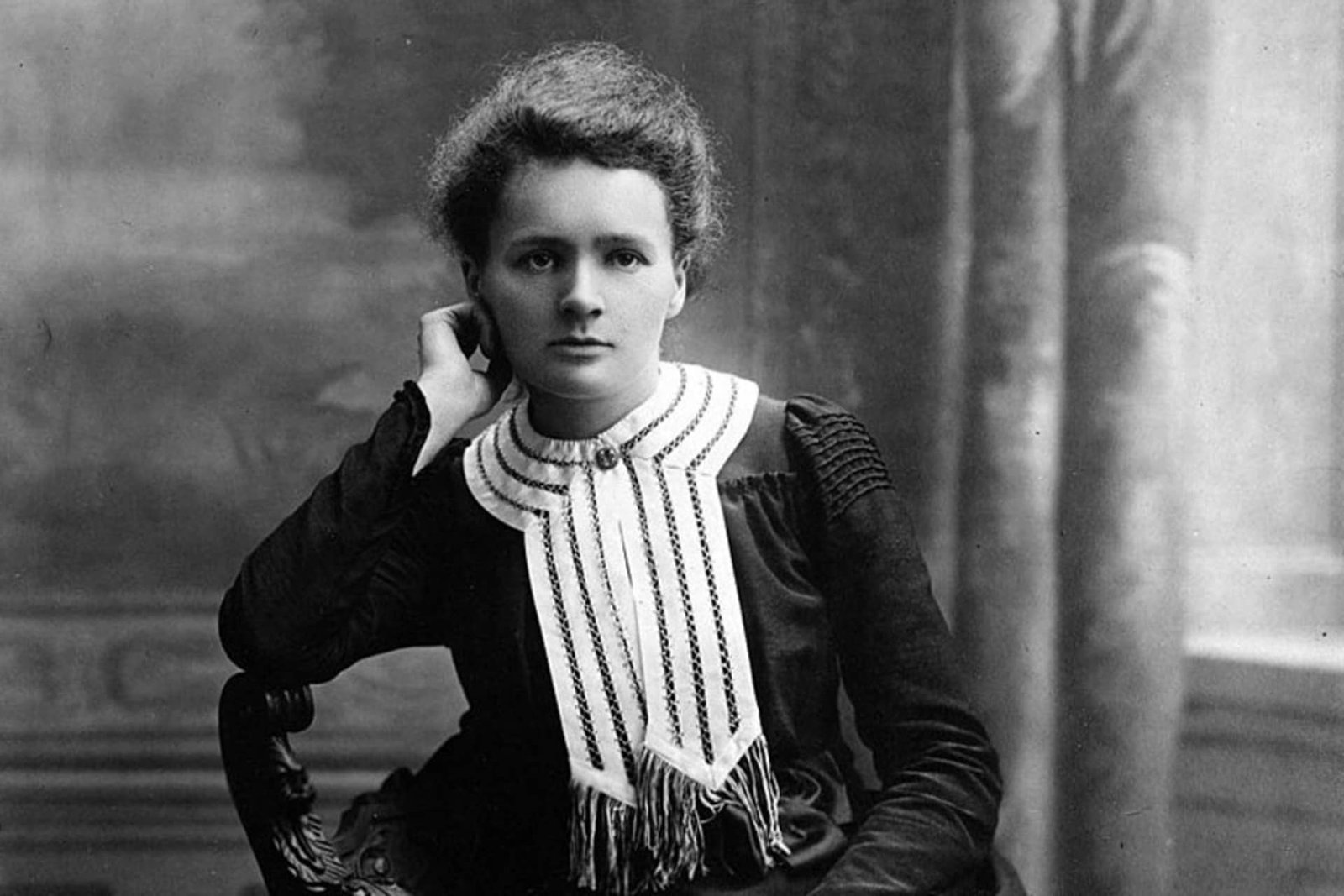Marie Curie, a pioneering scientist, made groundbreaking contributions to the fields of physics and chemistry. This article explores the important events that shaped her remarkable life and enduring legacy.
Introduction
Marie Curie, a tremendous figure inside the realm of clinical discovery, left an indelible mark on the fields of physics and chemistry. Her pioneering work in radioactivity and her relentless pursuit of expertise not only garnered her severa accolades and popularity however also reshaped the clinical panorama of the early 20th century. This article delves into the enormous activities that formed Marie Curie’s exceptional life, highlighting her groundbreaking discoveries, her tireless dedication to research, and her enduring legacy as one of the most influential scientists in history.
| Event | Time Period |
| Birth and Early Education | 1867 |
| Move to Paris for Higher Education | 1891 |
| Meeting Pierre Curie and Scientific Collaboration | 1894 |
| Birth of Daughter Irène Curie | 1897 |
| Discovery of Polonium and Radium | 1898 |
| First Nobel Prize in Physics | 190300% |
| Tragic Death of Pierre Curie | 1906 |
| Continuation of Research and Teaching | 1907 |
| Second Nobel Prize in Chemistry | 1911 |
| Founding of Radium Institute | 1914 |
| Contribution to World War I Efforts | 1914-1918 |
| Formation of the Curie Foundation | 1920 |
| Death of Daughter Irène Curie | 1956 |
| Death of Marie Curie | 1934 |
| Creation of Marie Curie University | 1949 |
| Establishment of Mobile Radiography Units | 1915 |
| Marie Curie Becomes First Female Professor | 1908 |
| Marie Curie’s Visit to the United States | 1921 |
| Discovery of Artificial Radioactivity | 1934 |
| Research on Polonium’s Medical Applications | 1902 |
| Creation of Portable Radiography Units | 1917 |
| Marie Curie’s Publication of “Traité de Radioactivité” | 1910 |
| Marie Curie’s Work on Radioactive Isotopes | 1932 |
| Marie Curie’s Appointment as Director | 1914 |
| Marie Curie’s Contributions to Cancer Research | 1922 |
| Formation of the Curie Laboratory | 1914 |
| Marie Curie’s Scientific Research on Radium | 1897-1902 |
| Marie Curie’s Efforts in Establishing Radium Standards | 1922 |
| Marie Curie’s Contributions to X-ray Technology | 1894 |
| Marie Curie’s Honorary Membership in Scientific Societies | 1903 |
| Marie Curie’s Appointment as the First Female Professor at the Sorbonne | 1906 |
| Marie Curie’s Collaboration with André-Louis Debierne | 1899 |
| Marie Curie’s Study on Radioactive Elements in Minerals | 1896 |
| Marie Curie’s Application of Radium in Cancer Treatment | 1914 |
| Marie Curie’s Work on Radioactive Properties of Thorium | 1898 |
| Marie Curie’s Research on the Uranium Radiation | 1897 |
| Marie Curie’s Establishment of Radiology Services in Hospitals | 1916 |
| Marie Curie’s Efforts in Promoting the Use of Radium | 1911 |
| Marie Curie’s Appointment as Chief of Radiological Service | 1915 |
| Marie Curie’s Studies on Radioactive Emanations | 1903 |
| Marie Curie’s Work on the Isolation of Radium | 1902 |
| Marie Curie’s Participation in the Solvay Conference | 1911 |
| Marie Curie’s Collaboration with Gustave Bémont | 1897 |
| Marie Curie’s Research on Radioactive Substances in Uraninite | 1897 |
| Marie Curie’s Invention of a Portable Radiography Apparatus | 1914 |
| Marie Curie’s Appointment as the Head of the Radiology Service | 1907 |
| Marie Curie’s Investigation on the Radioactivity of Uranium Ores | 1896 |
| Marie Curie’s Contribution to the Development of Radiography | 1900 |
| Marie Curie’s Efforts in Encouraging Women to Pursue Scientific Careers | 1911 |
| Marie Curie’s Research on Radioactive Emissions of Gases | 1902 |
| Marie Curie’s Exploration of the Properties of Radium | 1901 |
| Marie Curie’s Participation in the International Congress of Radiology | 1922 |
| Marie Curie’s Research on the Magnetic Properties of Steel | 1897 |
| Marie Curie’s Efforts in Establishing the Radium Institute in Warsaw | 1919 |
| Marie Curie’s Appointment as an Officer in the French Legion of Honor | 1915 |
| Marie Curie’s Studies on Radioactive Emanations of Polonium | 1901 |
| Marie Curie’s Research on the Magnetic Effects of Radiation | 1903 |
| Marie Curie’s Efforts in Establishing the Curie Institute in Paris | 1920 |
Conclusion
Marie Curie’s existence serves as a shining example of dedication, brilliance, and unwavering determination to the pursuit of know-how. Her vast discoveries and contributions inside the discipline of radioactivity laid the foundation for future medical improvements and transformed the understanding of the bodily global. Her unparalleled achievements, along with being the primary woman to win a Nobel Prize and the handiest man or woman to win Nobel Prizes in more than one scientific disciplines, solidify her position as an icon in the medical community.
Beyond her medical accomplishments, Marie Curie’s legacy resonates as an inspiration for aspiring scientists and girls in STEM fields international. Her resilience, intellectual prowess, and unwavering commitment to making a effective effect maintain to inspire generations. Marie Curie’s profound affect on technology, her trailblazing spirit, and her unwavering pursuit of information leave a long lasting mark on the scientific community and function a testament to the strength of curiosity and backbone.



